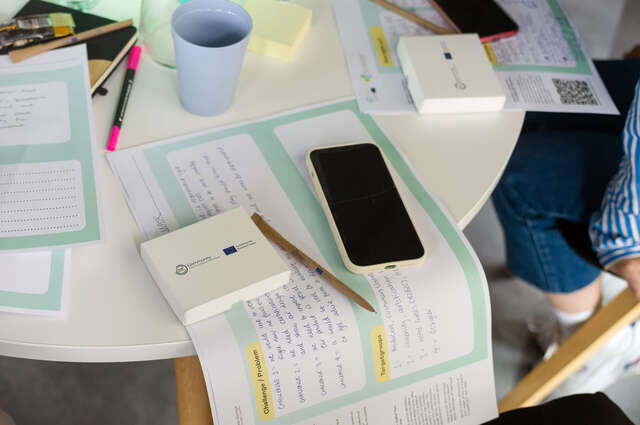Promise of vitality
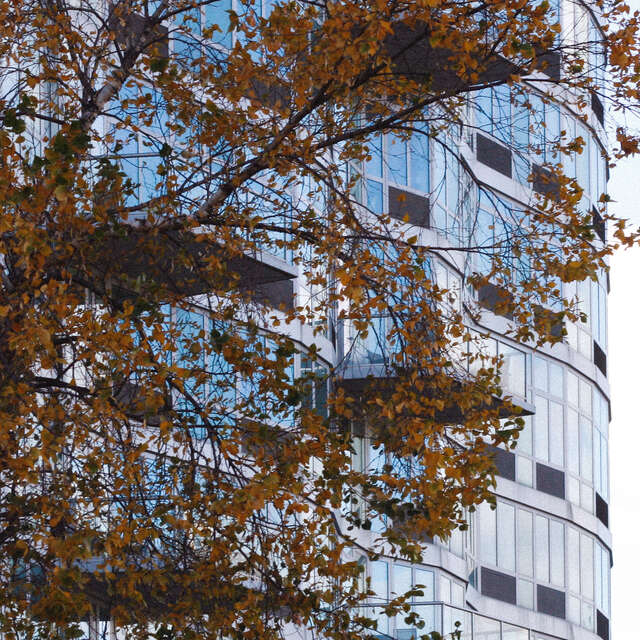
Ella Kaira
A city is also designed through language, words and images. Architect Ella Kaira reflects on what lies behind the word choices in urban development in the Everyone's Architecture series.
Contemporary cities have been promised vitality.
The city of the new era is characterized by dynamism and competitiveness. Visionaries and top performers propel innovation in its flexible, multifunctional spaces and productive areas. Hubs (smart or event) ensure the city has some appeal.
The language of urban development is infused with metaphors of innovation, creativity, and success. The myth of the vibrant city is skilfully crafted with words, as language guides us to perceive actions, often concealed by words, as the only rational choice.
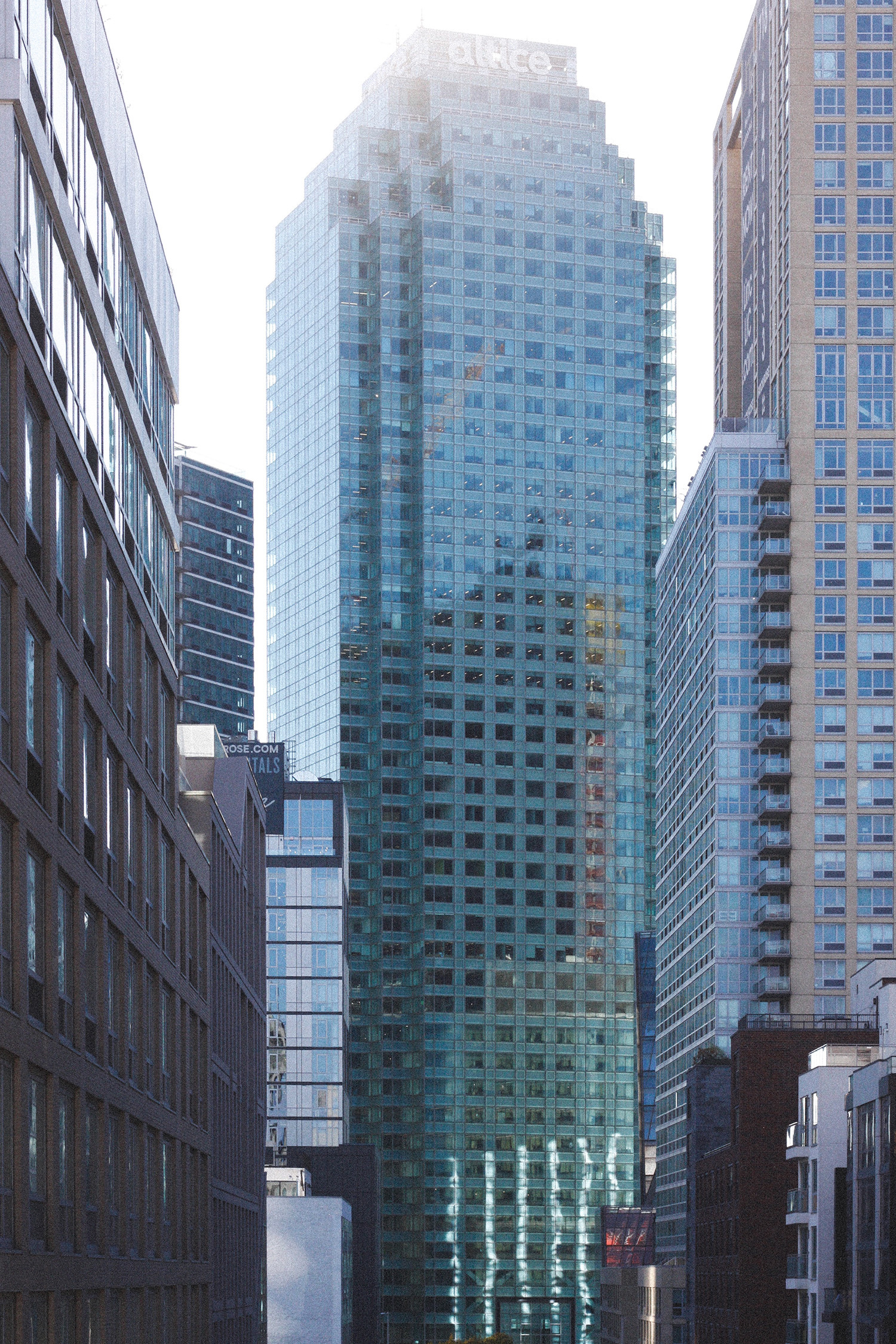
In the modern era, the language of architecture has been markedly shaped by influences from both the natural sciences and linguistics. The term "circulation" in English initially denoted the flow of bodily fluids but was later broadened in the late nineteenth century to encompass the movement of a person within a space. In 1930, Le Corbusier went as far as to encapsulate his concept of a building mass elevated on pillars with the phrase "Architecture is circulation." Throughout the nineteenth and twentieth centuries, numerous new terms emerged in the architectural lexicon to rationalize even the most radical design solutions. Concepts such as space, form, flexibility, and typology swiftly became self-evident terms that continue to seamlessly convey the underlying principles of architecture today.
Architectural historian Adrian Forty contends that a successful metaphor establishes a connection between two distinct phenomena by leveraging their differences; otherwise, it merely characterizes reality. Thus, the references to different disciplines in the architectural vocabulary do not so much communicate the applicability of scientific approaches to the architect's design work; instead, they denote the speaker's assumption that architecture is not at all comparable to other scientific fields. It is crucial to consider, as Forty points out, who employs metaphors and for what purpose, as the interpretation of the words unveils the intentions of their users.
In the twenty-first century, language depicting a dynamic and flourishing world-class Metropolis has firmly established itself. Urban space in the Metropolis has evolved into a commodity functioning within a market economy, making it more fitting to merely refer to it as an investment. As Doreen Massey writes: “On trains and buses, and sometimes in hospitals and universities too, we have become customers, not passengers, readers, patients or students”, while, too, in the Metropolis, the encounters between residents are characterised by a relationship between buying and selling. Vitality emerges when the Metropolis inhabitants, essentially the consumers, possess sufficient purchasing power.
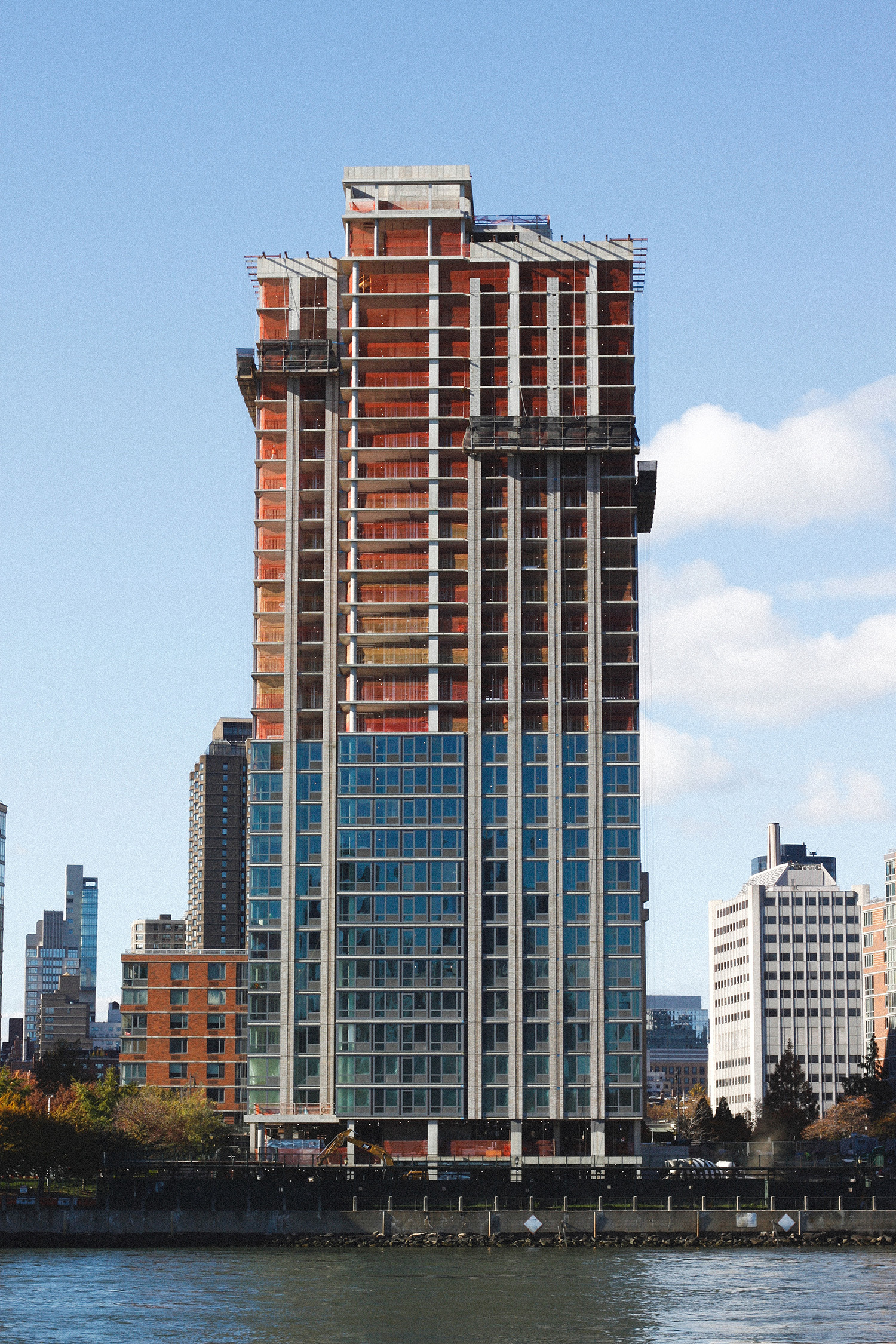
The semantic shift from language to market logic has been observed more widely in recent decades, which, for example, is seen in the corporate communications of universities and other public institutions. Global cities, vying for investment and affluent taxpayers, and shaped by growing collaborations with the private sector, embrace business-derived models. This inclination is evident in the language choices, where the term "market," in its economic sense, is routinely employed as a metaphor to rationalize decisions regarding the city's future.
Linguists underscore the profound impact of language on our perception of reality. When our perceived reality is translated into thought, it is subsequently expressed through human speech. Conversely, words harbour a multitude of meanings that, in turn, mould thought processes and, consequently, our understanding of reality.
Human language influences the shaping of our perception of a phenomenon, framing it as a natural and inherent characteristic of people or things. In doing so, language becomes a powerful force upholding the interests of those who crafted the ideology behind the words.
The definition of vitality, or "elinvoima" in Finnish, frequently disregards non-economic activities, portraying the experience of market-driven urban development as unproblematic. Likewise, infill development pledges to address the intricate challenges confronting cities, thereby solidifying current political decisions. However, if these solutions result in the demolition of 60-year-old buildings to make room for 50-year-old buildings, the promises risk becoming mere platitudes.
The architect's flexibility is limited in an environment where the built environment is predominantly viewed as an abstract financial asset. However, this perspective can be challenged by deconstructing linguistic metaphors that unveil what ideologies look like and whose interests they serve.
Perhaps vitality for the city can emerge from alternative sources - such as social networks among people in urban space or the diverse biota of urban forests.
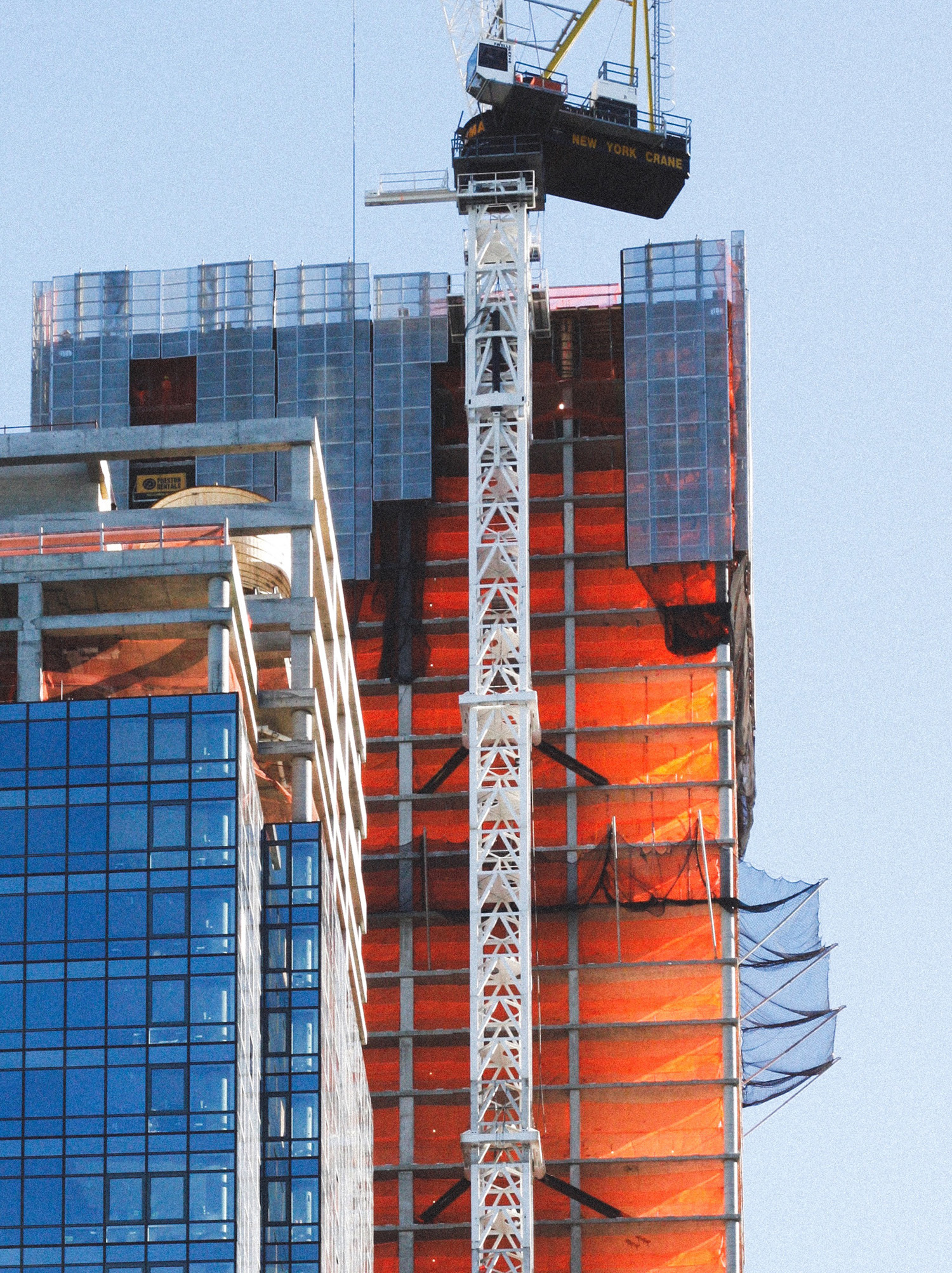
Ella Kaira is an architect and co-founder of Vokal, an architectural practice focusing on community-based design. She uses storytelling in an approachable way to illustrate the phenomena that influence the formation of urban space. Kaira sees the role of local communities as an essential part of developing sustainable urban environments.
More about the author: vokal.fi
Everyone’s Architecture essay series dives into the social debate around architecture. We need diverse perspectives on how architecture can strengthen both people’s well-being and environmental sustainability. Socially, ecologically and culturally sustainable architecture is based on an active discussion about how society and the living environment should be constructed. The series presents perspectives on the various themes of Finland’s architectural policy programme 2022-2035. An open-minded discussion is encouraged. The series has been realised in cooperation with the You Tell Me collective of young architects. The goal of the collective is to promote a change in thinking within the construction sector through peer-to-peer learning and sharing information, and by expanding the discussion on architecture beyond professionals in the field.


